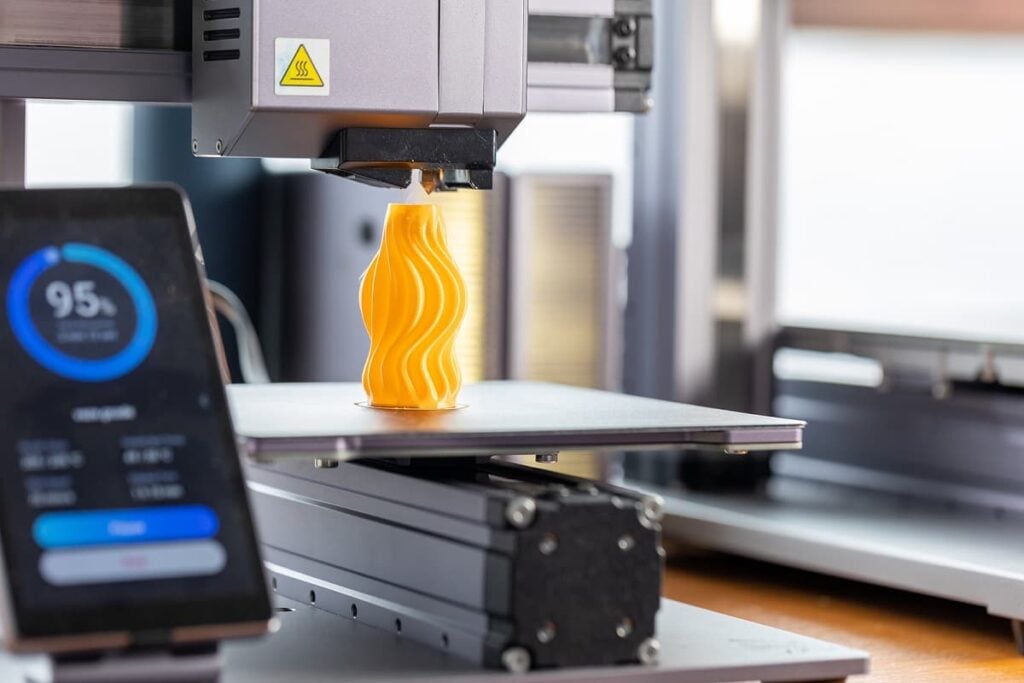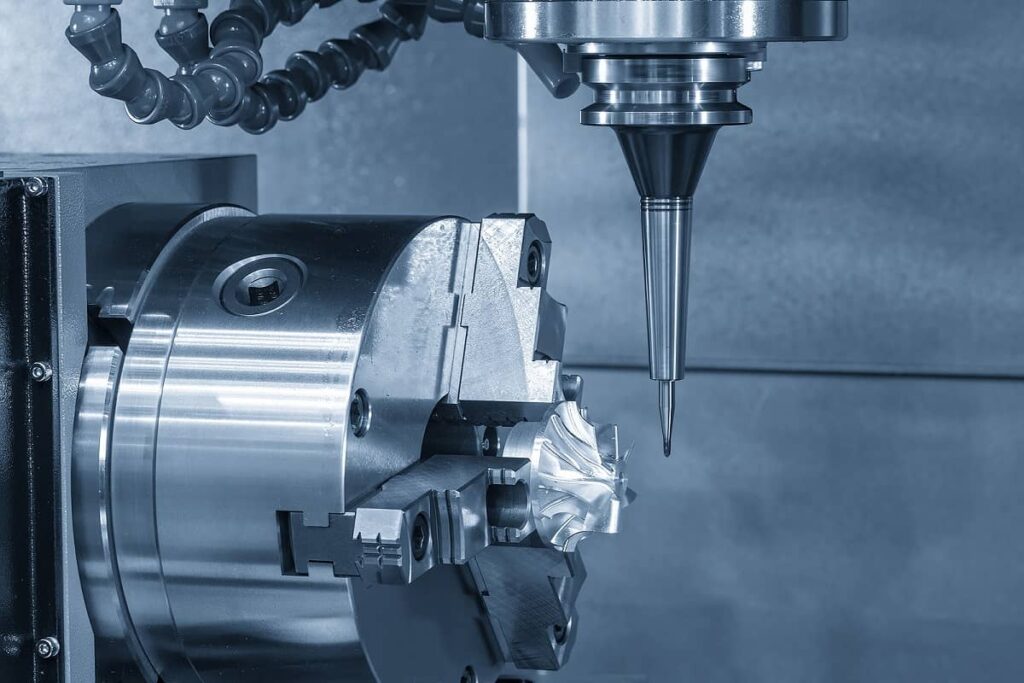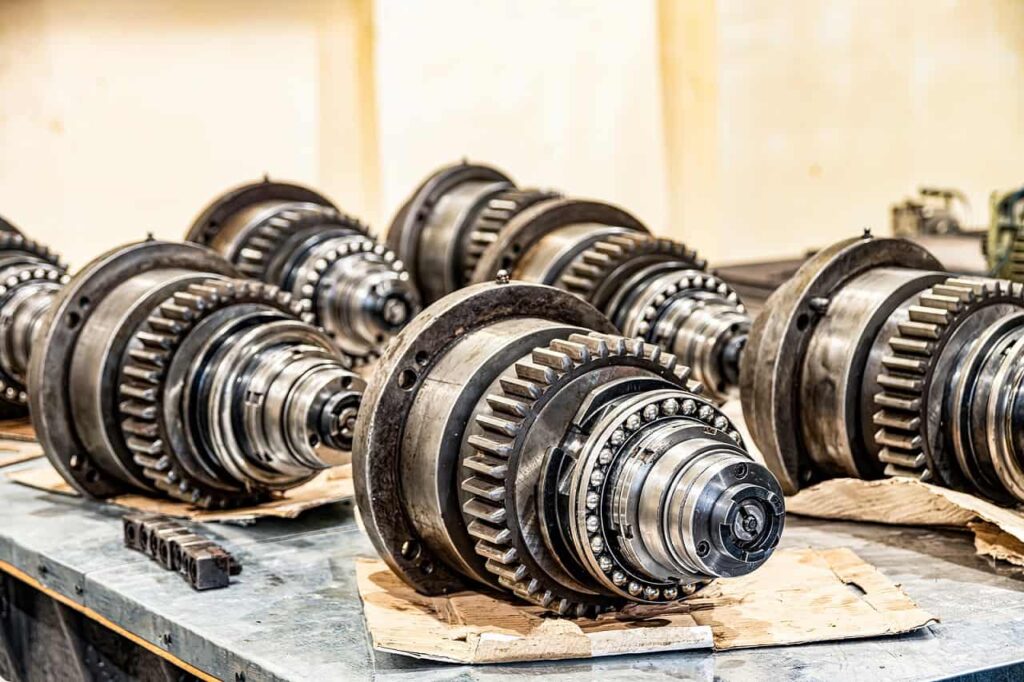Distributed Manufacturing – A Case Study Unfolding
Table of contents

It’s tough to teach leadership skills, but it’s easier to teach people how to become more comfortable making decisions with limited information. That’s what the HBS Case Method is about. Take a bunch of tomorrow’s leaders who forked over six figures for a network that ultimately won’t live up to their expectations and serve them a business scenario. Have them visualize what the outcome might be, then compare that to what actually transpired. Someday, distributed manufacturing will probably be a case study.
The Distributed Manufacturing Story
Distributed manufacturing is about disrupting the disparate domain of machine shops scattered across the globe with AI-powered software for estimating jobs in real-time along with new manufacturing technologies like metal 3D printing. The idea has been described by any number of names including:
- Manufacturing On Demand
- On-Demand Manufacturing
- Manufacturing-as-a-Service
- Digital Manufacturing
- Cloud Manufacturing
- Contract Manufacturing
- Etc, etc, etc.
Global manufacturing is a trillion-dollar industry, so capturing one percent of that opportunity is a $10 billion run rate. That’s the idea, but what transpired hasn’t matched the lofty expectations. Among the many distributed manufacturing players, two dominant business models have emerged – doing the manufacturing in-house or farming it out to others.
In-House Distributed Manufacturing
Protolabs (PRLB) chooses to do nearly all manufacturing in house, and they’re the leader in that domain based on revenues. It’s the business model we thought would ultimately win, given they can control quality and learn from a closed-loop system by doing everything in-house. Investors were promised growth and a grand opportunity – a $100 billion total addressable market (TAM) and $1 billion in revenues by 2025. Today, revenue growth has stalled, and management conveniently forgot their lofty revenue target. As for 3D printing, that makes up just 15% of the Protolabs distributed manufacturing opportunity.

Stalling growth is our biggest concern with Protolabs. Sure, supply chain woes are affecting everyone, but we get the feeling growth may have started plateauing, even during good times. After investing a great deal of capital in machinery, utilization becomes a focal point. Unused capacity becomes a problem in the cyclical world of manufacturing, so perhaps the better business model might be to farm out the work to other machine shops. That’s what companies like Xometry (XMTR) do.
Outsourced Distributed Manufacturing
While Protolabs seems to be plateauing, Xometry is seeing revenue growth absolutely soar on the back of a business model that provides instant pricing quotes as they come in using AI-powered quotation software, then farms the jobs out to machine shops afterwards.

We like the capital-light software business model and use of artificial intelligence, though we have concerns around the risks they take up front by accepting jobs based on a pre-determined price before finding someone to do the work. One barrier to entry for such a business model would be the big data being generated over time that would make the AI algorithms more accurate, not to mention the economies of scale realized through being the leader by revenues. Aside from that, what’s keeping any other firm out there from developing a similar marketplace that farms small-batch manufacturing jobs out to machine shops?
When Protolabs acquired 3D Hubs, it seemed to be an admission that doing everything in house wasn’t enough to propel growth. Their commodity offering may have reached peak potential, and now a software model like what’s on offer from Xometry can supplement additional growth while adding flexibility and capacity on demand. Unfortunately, it’s not having the growth impact we would have expected. We’re left wondering what both leaders in the distributed manufacturing space ought to do next, which is a perfect topic for an HBS case study.
An HBS Case Study
There’s always going to be a need for engineers to farm out small jobs to machine shops that can provide a quick turnaround time. These are what me might call “high mix, low volume” jobs.

What Should Protolabs Do?
The larger the job, the more automation is needed, the more commitment needed. This does not support the Protolabs “jack of all trades” business model which needs breadth. For Protolabs to successfully scale as they have been, their offering needs to be a commodity. They’re the McDonald’s of “high mix, low volume” manufacturing. When it comes to specialization, smaller firms are able to offer what Protolabs cannot and provide more customizations. Perhaps that’s why Protolabs acquired Hubs (a direct competitor of Xometry) – to give them more flexibility without committing to investing in more hardware. The problem is, they then start to lose control over quality. What should Protolabs do?
To become increasingly specialized, Protolabs could start acquiring smaller on-demand manufacturing firms and keeping them at arms length. Doing so means they won’t realize synergies on their acquisitions, though they could share jobs among these newly acquired firms. They then become a larger manufacturing firm that continues to offer “high mix, low volume jobs.” Again, this brings into question the TAM for small batch orders. Hardly seems like the giant opportunity we’ve been promised, and they’ll always be competing with low-cost manufacturing firms overseas unless they start expanding internationally. Just around 20% of Protolabs’ long-lived assets can be found in Europe, while nearly all of the rest can be found in America. That’s not where the cheap manufacturing is happening, so if Protolabs wants to compete on cost with their commodity offering, they’ll need to consider expanding into Asia.
For Protolabs to continue growing, they’ll need to start acquiring lots of smaller players in their space or start capturing market share from Xometry by rapidly growing their Hubs offering. So far, the latter doesn’t appear to be happening with Hubs making up just 9% of total revenues in 2022 thus far.

What Should Xometry Do?
The rapid revenue expansion seen at Xometry is a proxy for market share being captured. There will always be a need for high mix, low volume manufacturing, and a single provider can command economies of scale and crowd out the smaller players. That may be what’s happening with Fathom Digital Manufacturing (FATH), a Xometry competitor with flatlined revenues that just chocked up a billion-dollar impairment charge.
Xometry needs to be wary of pursuing growth at all costs. When farming out jobs to various machine shops across the globe, there are quality issues to consider. If the work isn’t being done to specifications, customers won’t return, but rather look for other providers offering similar services. This is where customer retention metrics come into play. Xometry offers up the below which shows investors that around 95% of existing revenues come from repeat business.

This is a great segue into talking about the recent short report on Xometry that posits their business model isn’t economically viable. Were such an accusation true, then this would be a showstopper that would make all the vanity metrics and revenue growth a moot point, but that’s a story for another day.
Our case study approach has raised some concerns around how these firms might evolve from “high mix, low volume” production to bigger and better things. There doesn’t seem to be much blue ocean TAM left, which means they’ll start to cannibalize each in order to sustain the growth investors are looking for. We’re led to believe these distributed manufacturing business models – in-house and outsourced – are coming up against a limited TAM that isn’t anything close to what investors were promised. In other words, the real disruption may have already been exhausted. A look at the plateauing revenues for Protolabs – one of two clear leaders in the distributed manufacturing space – shows that growth stalled even before The Rona reared its head.

Conclusion
Protolabs may not get beyond their “high mix, low volume” business model which means their TAM isn’t close to the $100 billion they’re teasing investors with. The same holds true for Xometry which wants to measure their opportunity in trillions. If either firm has a capped TAM, they’ll always be competing on cost and eroding each other’s respective margins. And just how much loyalty can be expected for low-volume one-off jobs? That’s one thing we’ll take a closer look at in our coming piece on the recent Xometry short report.
Sign up to our newsletter to get more of our great research delivered straight to your inbox!
Nanalyze Weekly includes useful insights written by our team of underpaid MBAs, research on new disruptive technology stocks flying under the radar, and summaries of our recent research. Always 100% free.














